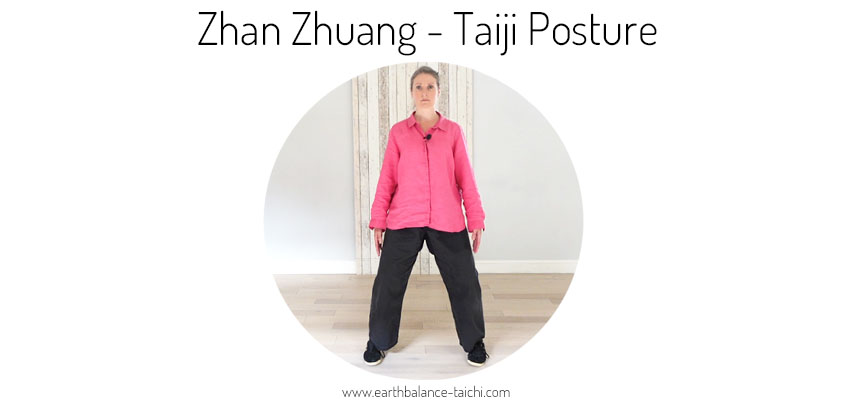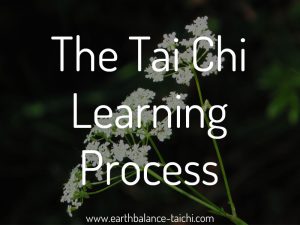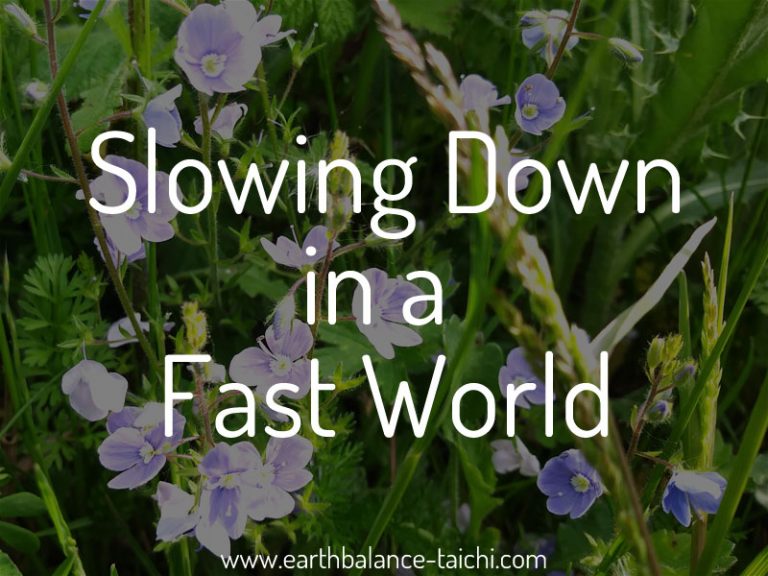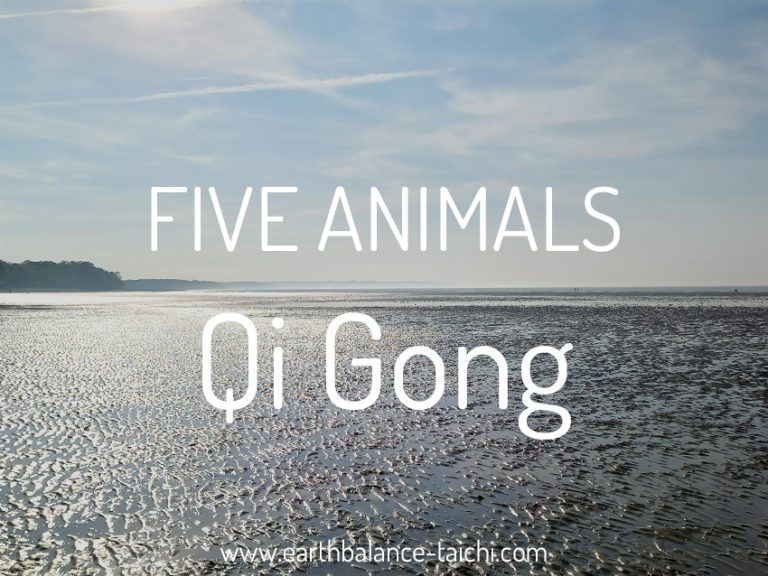Tai Chi Stillness Principles

Tai Chi Stillness Principles
Physical body alignment.
FIXED STEP & STANDING POST TRAINING.
As beginners Tai Chi can be seen as simple, yet aligning the correct posture whilst relaxing the body and breathing deeply can be quite difficult. As soon as you concentrate on dropping your shoulders, your lower back closes. Ok, try again.... as you drop your shoulders your breathing reverts to upper chest breathing. Hmmm, try again..... Concentrate on deep belly breathing and your shoulder muscles become tense. The focus on details can be immense and a bit overwhelming. The goal is to have your body, mind and breathing as one unit, working together naturally and smoothly.
Whether you are practicing the various Tai Chi static stances used with Qi Gong breathing or are practicing moves within the form, focus on one aspect at a time. An example would be in your standing practice, for 2-3 minutes focus just on your shoulders. What are they doing, how can you relax them, can adapt your posture gently, are they getting tired early, can you move them slightly to get a better connection? Use a mirror if you need to initially, until your body learns instinctively where to put itself.
Over time the more training you do, these moves will become natural, meaning your body has built a memory from practice. This is how you progress. Over time the principles you have trained begin to merge together. Any pose from your Chen style Tai chi form can be help as a static stance. This is a great way to check in on the principles and alignment to develop your form.
Neutral Alignment Principles
| Principle | Focus |
|---|---|
| Feet | There are many different ways to balance the weight on your feet. Overall aim for a solid equal connection on the three balls of the feet; two at the front and one at the heel. Weight centred or weight slightly back. |
| Ankles | Central and straight. Avoid the ankles rolling in, remedy this by opening outwardly without changing the feet position. |
| Knees | Knees bent slightly with a springiness, sitting over the centre of the foot / shoe laces (sometimes called over the arch). Not past the toes, nor locked straight. |
| Groin | Legs rounded from knee to knee, open, arched, relaxed groin and thighs. |
| Relax the Hips | Relax the inguinal crease and area around the hip joint, out towards the buttocks. This helps the hip muscles and psoas to relax. |
| Hips | Sit back and down into your hip crease, a mini squat that you hold with relaxed suspended and aligned power. |
| Tailbone | Relaxed sacrum and tailbone, with the tailbone aligned behind the heels. |
| Pelvis | The physical alignment of the hip and pelvis to stabilise the spine and torso. Don't tilt the pelvis forward or back, keep the pelvis in neutral in the middle. For those who exaggerate the S curve in the lower back in the daily life, lengthen the tailbone down. Imagine the pelvis is a bowl with water, don't spill the water. This opening is both vertically and laterally as the pelvis spreads from left to right. Avoid over exaggerating this to create the principle. Everyone holds their spine through habit differently, this will need to be looked at by your instructor. |
| Pelvic Floor & Diaphragm | The two plates are coordinated in movement and breath work. |
| Lower Back | Open the lower back by relaxing and lengthening the lumbar and sacrum. Bring dantian towards mingmen to fill the lower back to protect your spine. |
| Dantian | Concentrate the mind on the Dantian (approx 2 inches below your navel, and approx 2 inches into the body, the Dantian is your energy storage centre). Breathe into the Dantian area, slow circular abdominal breathing (full diaphragm breath). |
| Waist | Relax the soft tissue around the waist and side body, without collapsing your structure. The flesh of the waist must be released and lengthened. |
| Elbows | Ground the elbows through the body. Place a gently relaxed expanding weight in the elbows to create space in the joint. Keep a slight bend in the elbows. In wuji stance the elbows are slightly away from the body. |
| Hollow Chest | Chest relaxed. Avoid sticking the chest out in the typical military or Western puffing up the chest posture as this closes the lower back and the shoulder blades. Avoid sinking and slumping the chest inwardly or down. The hollow chest is a neutral alignment. |
| Shoulders | Root the arms into the shoulders. External rotation of the shoulder, rotating the humerus bone outwardly within the joint. This brings the shoulder blades down over to the ribs, lengthens around the collarbone area and seats the shoulder crests. Relax and drop the shoulder blades down with gentle weight. Avoid having your trap muscles hunched up by your ears. Align the shoulders in profile as close to the line between the crown, ear, central shoulder joint and hip joint. Shoulders carry a lot of tension, align correctly and work to release and relax. |
| Central Spine | The spine is centred, straight and erect. Imagine it like a rope rather that a solid pole. Avoid swaying back and the military posture. The natural curves are maintained in the spine, not over exaggerated (see pelvis). |
| Suspended Spine | Lengthening the spine by heavying the hips, aligning the lower back correctly and gently expanding the spine upwards to the crown. Creating equal opposing relaxed force, to open and create space in the spine. |
| Neck/Head/Crown (Ding) | Head erect, chin gently withdrawn. Feel the spine gently lengthen and open at the back of the neck, allowing the weight of the head to travel down the spine. Relax and release the muscles around the neck. |
| Centred | Central equilibrium, stable and balanced. Balancing the 6 directions (left, right, forwards, backwards, up, down). |
| Mouth | Cross the magpie bridge to connect the microcosmic orbit (ren and du mai channels). The tongue gently touches the roof of the mouth, by the top front teeth. This sets the body up for nasal breathing. |
| Peng Jin | Expanded, rebounding, resilient, spiralling, balloon-like structure and motion. None of the principles work without peng jin. |
| Fang Song | The absence of resistance. None of the principles work without fang song. The most important principle of all that can be applied to your posture whether in stillness or movement. Letting go of the muscles whilst maintaining and aligned body and an elastic stretch. Active relaxation of the muscles, loosening of the joints and the release of physical tension, without collapsing your skeleton. A release and letting go of unnecessary holding. The joints/bones are open with space around them. Not slouched or floppy, or slumping into the joints. Muscles use appropriate muscular contraction. The principle fang song can be applied to any muscle, any part of the body or any joint. |
| Rooting | Grounding and rooting in the lower body. |
| Ground Path | A heaviness of the lower body pressing into the ground through the feet, paired with an opposing elastic expanding connection to the opposing hand, wrist, elbows or shoulder. |
| Silk Reeling | The silk reeling principle: Chan Si Jin. A spiralling and coiling quality within the physical structure. This includes the principles Ni Chan and Shun Chan, yin yang directional spiralling in the limbs and torso. |
| Open the Joints | Opening the joints with relaxation. Creating space in the joints by releasing physical tension and actively relaxing the joints through a gentle expansion. Not locking any of the joints in the skeleton. You want your body to be completely connected without blocking the meridians. |
| Intention | Mind intention / awareness: Yi. Focus on your breathing to calm the mind and release mental distraction. Become aware of sensations in the body and follow them e.g. hot, cold, pulse, tension, tingles. Mentally scan your body from the crown to your toes for areas of tension, and mentally drop these areas of tension away. |
| Use the Mind not Force | Use the mind/intent, not strength/force. This means to avoid straining your mind and body when following the principles. Train stances from the inside, working to the outside. This could be using your imagination of a principle, before this becomes a reality in the physical body. Physically you may be doing less, mentally you are doing more. Over time the balance shifts to the body doing more. Train with grace not force. |
Zhan Zhuang Video Course
A twelve step video programme for beginner Zhan Zhuang students is available to view for free on YouTube. Follow along with individual points of focus to develop your standing practice techniques. Learn how to re-wire your habitual posture, integrate strength, ground the mind, open the tissues in the body, loosen the joints, release physical tension, and develop body sensitivity. Take your learning step by step, slowly increasing the time you are standing for over the duration of the course. Standing still is a powerful practice for both mind and body.
Movement Principles
Alongside the alignment principles, the principles of movement teach you the body mechanics of Chen Tai Chi as a martial art. The companion article to this is called 'Doing One Thing Correctly'. From your feet to your crown, how you stand still matters and how you move matters. To develop martial power and to improve health, aligning the movement and alignment principles are key to both. Learn them in stillness is the easiest to begin with, then develop them in your moving drills and forms. Learn the three fundamental principles: fang song / applied relaxation, rooting and grounding, and peng jin / expansive.
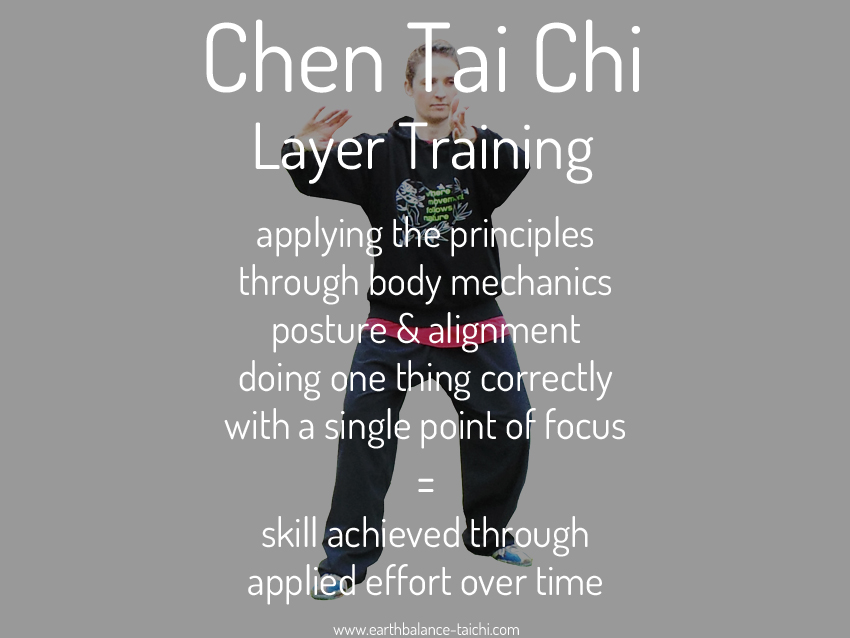
As with all medical conditions, injuries and/or ill-health, please consult with your Doctor prior to starting a class. Tai Chi, Qigong and Meditation are not a replacement for conventional medical treatment. This article is for information purposes only and must not be taken as medical advice.
